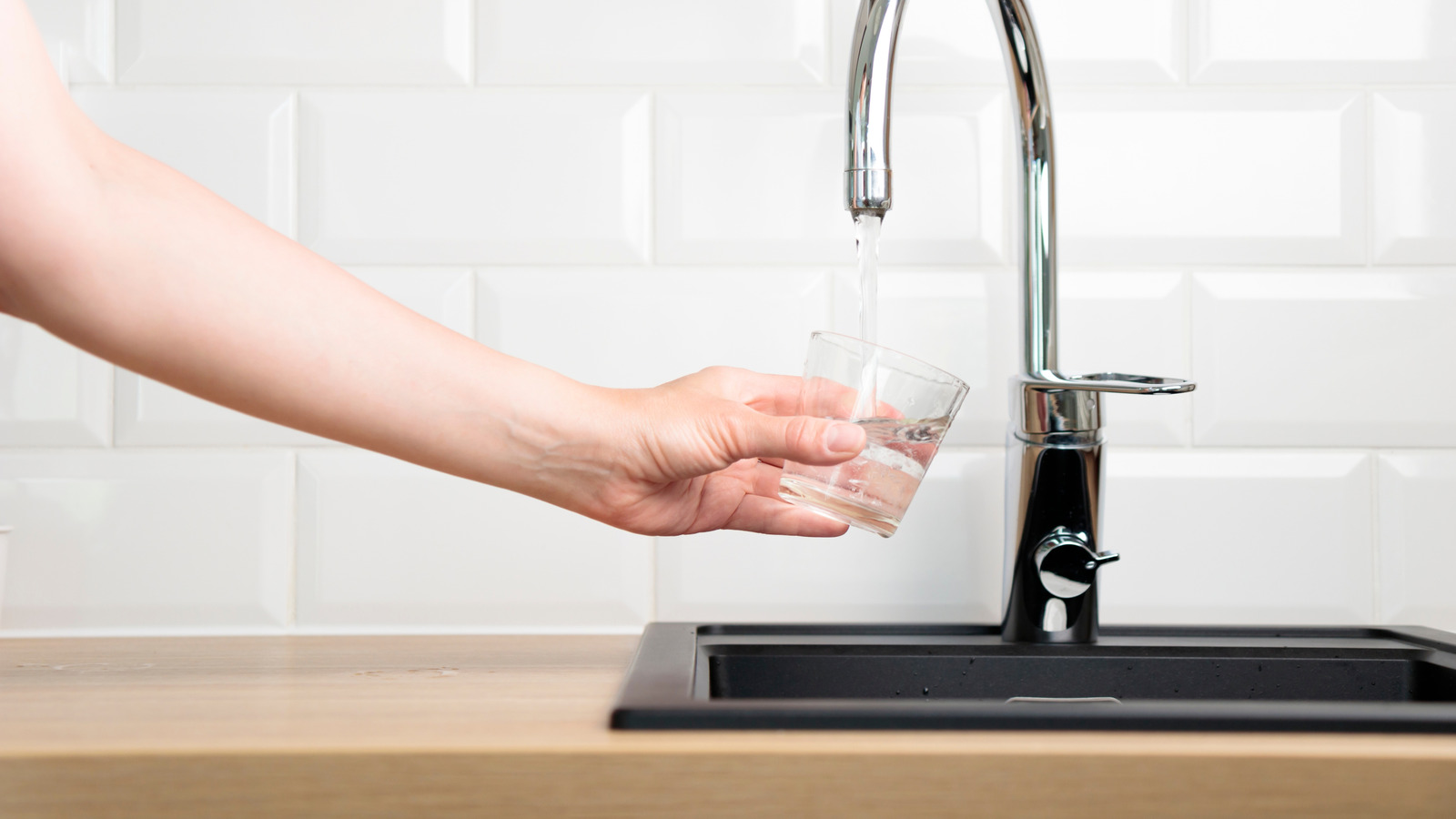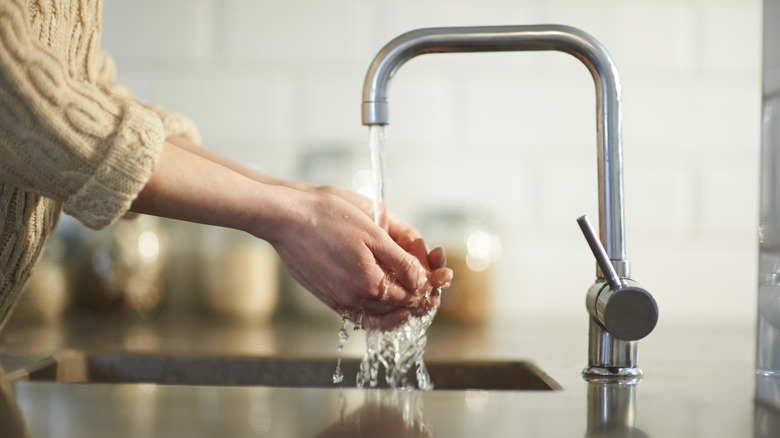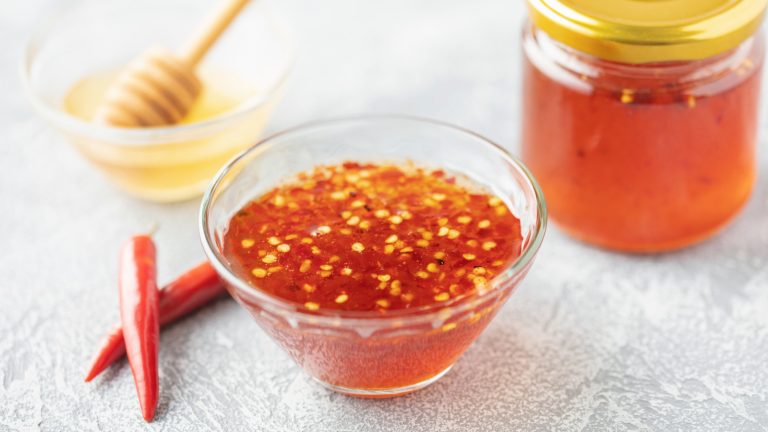Keeping your kitchen sanitary can sometimes feel like a full-time job, but it’s a very important one. Other than food safety concerns, a clean kitchen helps create a more efficient environment for preparing meals, and a more pleasant atmosphere for spending time with friends and family. From daily tasks like disinfecting the counter to monthly chores like degreasing sticky kitchen cabinets, maintaining your kitchen’s cleanliness not only helps it remain functional and welcoming, but also prevents small problems from becoming larger ones.
This is particularly relevant when it comes to your kitchen sink. Though most people picture stovetops and ovens when thinking of kitchen functionality, a working sink is crucial to both hygiene and safety. It’s where you wash your dishes, obtain cooking water, and even address minor wounds that can happen while cooking. While regularly scrubbing your kitchen sink with hydrogen peroxide helps ensure it’s sanitary, you should also be monitoring it for other common problems, such as a gunked-up kitchen faucet.
Since the water that comes through the tap in most homes is filled with dissolved minerals, even the most durable kitchen faucet is prone to calcified buildup that, over time, can reduce your water pressure to a trickle. Fortunately, this is a big problem with a simple solution — in fact, you likely already have all the right tools in your kitchen. All you need is white vinegar to dissolve the gunk, a small plastic sandwich bag, a sturdy rubber band, and a little bit of patience.
Unclogging your faucet with the magic of white vinegar
We already know that white vinegar is the secret to a squeaky clean kitchen because it’s a powerhouse for not only disinfecting surfaces, but also for cutting through grime and even eradicating unpleasant odors. Its high acid content is also great at breaking down the mineral buildup inside your kitchen faucet’s nozzle, allowing water to flow more freely and protecting your kitchen sink’s functionality.
Some recommend unscrewing the nozzle from your faucet and placing it in a bowl of white vinegar to clean it, but that’s not really necessary. Instead, you can simply fill a sandwich bag with the vinegar and slip it up over your faucet, securing it in place with a very snug rubber band. Make sure the nozzle is completely submerged before securing the bag — the idea is to let the vinegar clean both the inside and outside of your faucet head.
Once the bag is secured, you can let things soak anywhere from an hour to overnight, depending on how bad the buildup is. If you’re barely getting a trickle, you may also want to add a little baking soda to the mix for added cleansing power. After removing the bag from your faucet, give your faucet a light scrubbing with a toothbrush and some dishwashing liquid to remove any remaining mineral deposits. Finally, turn your water on as hot as it can go for a few minutes to help flush away the last of the grime.






